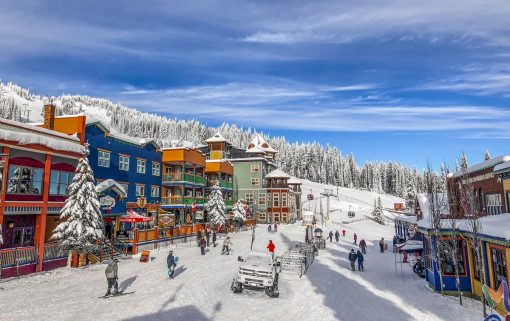As Richard Florida explores the nature of urban renewal by reusing some of his key hypothesis in his essay “How cities renew” in the latest Monocle, I’m getting word of a research project called “Cosmopolitan Palermo – Inquiry on the future of the city”. In both cases, the affluence of influential protagonists that are willing to invest more than just money to build the city they want seems to be the key factor in transforming cities into truly global hubs. Here is a take on the sicilian project:
The research is based on the hypothesis that change in contemporary cities is increasingly dependent on flows of capital, people, knowledge and skills. In other words, large cities are cosmopolitan because they mix references, investments, trajectories with highly differentiated backgrounds.
More generally, one can talk of a “cosmopolitan urban regime” manifesting itself through the forms of the local governance and the urban texture. A regime that requires social actors able to manage these culturally different references.
Starting from this perspective, “Cosmopolitan Palermo” considers urban forms and actors of cosmopolitanism present in the city in a lapse of approximately fifteen years (1992-2008). The research focuses on recent transformations of the city centre. More specifically, it identifies and analyses a series of urban transformations produced by interactions between local logics and global networks. Through an in-depth study of these changes it clarifies the relationship between flows of people, ideas and capital, on the one hand, and the production of new urban forms on the other.
I find the idea of mapping the flow of key global citizens to the evolution of the urban landscape fascinating. Maybe a new generation of city planners will not be trained in schools, but as apprentices to these global moguls with the will to effect change at each stopover.
Thanks to Maurizio for the tip.



